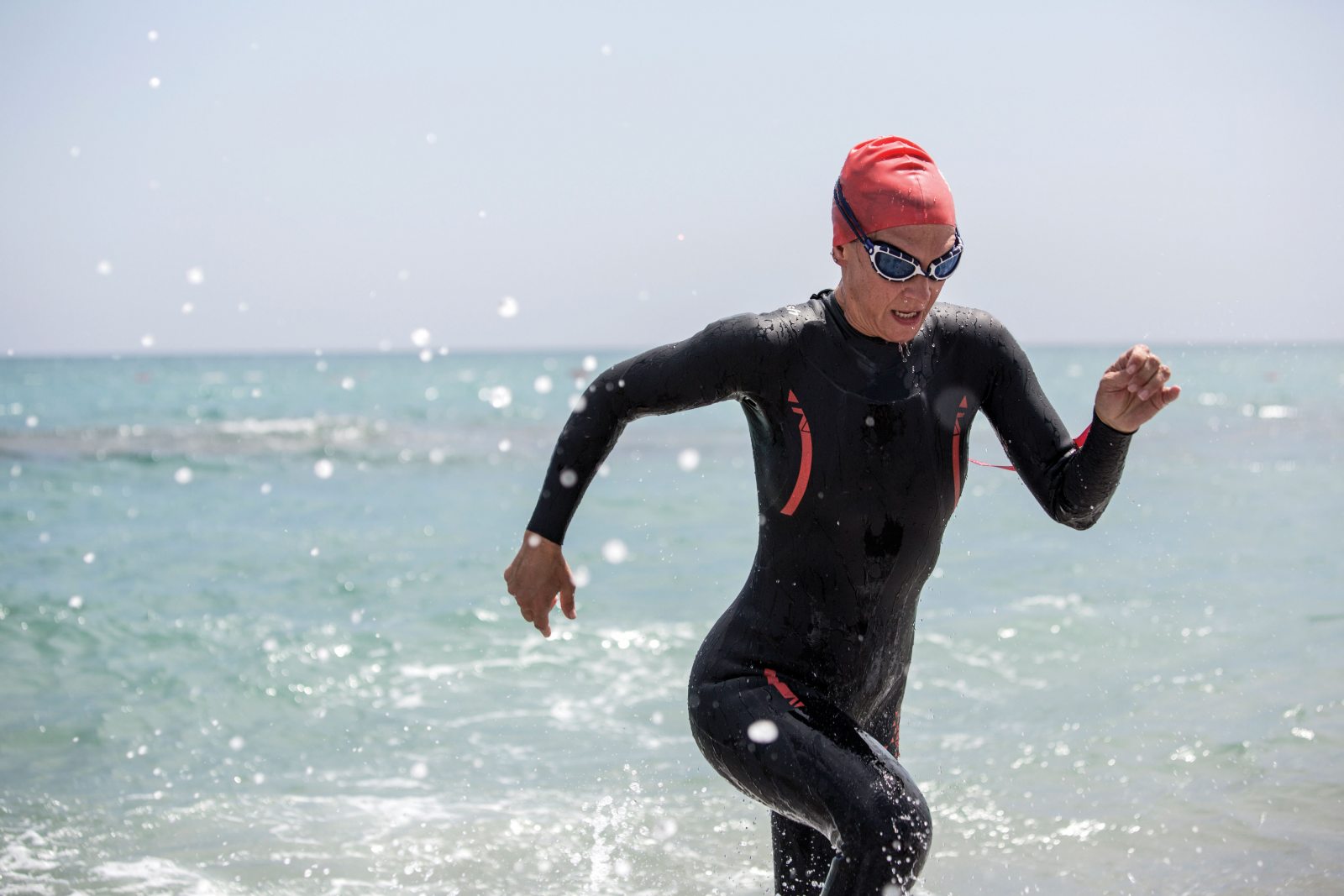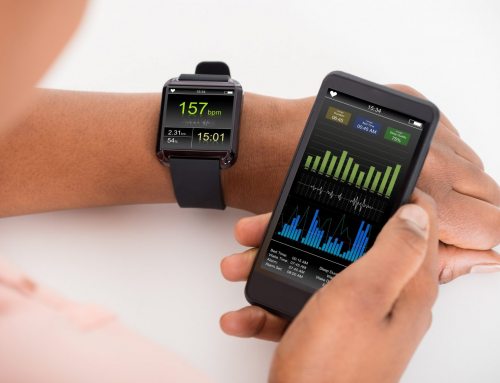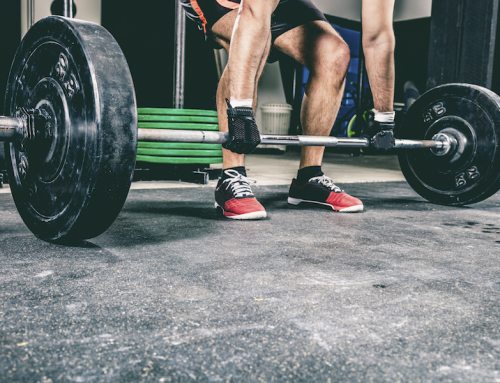By Sam Ray and Brian Diaz
As physical therapists who are training for triathlons, we are constantly looking to enhance performance without injury. Some of the many questions we get asked a lot are how to progress training and how to prevent reoccurrence of injury once they have “graduated” from PT and are transitioning into their own training programs. Many of these clients pull plans off the internet or hire a coach to work with them. Let us state the obvious: anybody, and we mean anybody, can program a training routine. You need to be armed with the right preparation and facts that will help you pick your plan or help direct your coach whether you are a first timer or a repeat offender. Here’s your guide.
Let’s start by determining what it is that puts certain athletes at a greater risk of injury than others. Research has shown that inadequate warming-up and cooling-down during training, history of previous injury, high running mileage, and increased years of triathlon experience are risk factors for increased incidence of injury in athletes during both preseason and competition.1 Of these injuries, 80-85% of injuries in triathlon are due to overuse. More specifically still, 50% of injuries occur during running, 43% during cycling, and 7% during swimming with 25% of injuries occurring at the knee, 23% at the lower leg, and 23% at the lower back.
If you know the risk factors and the most prevalent injuries, the next step is educated application of prevention during your training preparation. In a study of 258 triathletes over a period of three seasons, it was determined that training for 8-10 hours per week with 5-6 hours on the bike and 3-4 hours running is optimal for decreasing your risk of injury. Hours in the pool did not draw a correlation to injury risk.
The sweet spot of 8-10 hours per week is not only easier to achieve with full-time jobs, it is the perfect amount of time to listen to your body and supply your body with the fuel it needs to ensure that tissue healing is occurring at a faster rate than tissue damage. Keep the basic training principles in the back of your mind as you design and progress your training program. These principles include frequency (F), intensity (I), time or duration (T), specificity, progressive overload, and recovery. It is typically suggested that one should only change one F.I.T. factor at a time, starting with frequency and ending with a change in intensity. For example, if you are running 3 times a week (frequency) at 75% HR reserve (intensity) for 1 hour (time), you should start by increasing the number of days per week you run while maintaining the same intensity and duration as the week prior. A recent 1-year prospective cohort study showed that a significant increase in distance-related injuries was associated with athletes who increased their weekly running distances by greater than 30% compared to those who increased their mileage by less than 10%. So, it is safe to say that the accepted 10% progression rule is appropriate for most training individuals, especially when applied to running. Biking and swimming are less demanding on the body and therefore can adapt at loads greater but still less than 30% progression.
While these are great starting points and general rules to follow, a formula has yet to be created that can guarantee success in triathlon training. However, there are certain aspects of training that must be understood and highlighted in order to reach your maximum potential. Let’s start with swimming; most novice swimmers train with improper technique and resulting shoulder instability that worsens during competition when athletes save their legs for cycling and running. In regards to biking, everyone has a different race cadence that allows them to stay in the competition without burning out before the run. Efficient bike cadence is reported between 80-100 RPM, keeping in mind that with higher cadence comes increased stress on the cardiovascular system and with lower cadence comes increased stress on the muscular system. Pick your poison wisely. Efficient running cadence is reported between 170-190 foot strikes per minute with mid-foot initial contact under the body’s center of gravity. Increased fatigue during the run results in decreased stride length. Stride length has been positively and significantly correlated with running speed and triathlon performance. Therefore, properly pacing during the first two legs in order to maintain stride length throughout the run will positively impact your performance. What happens in between these disciplines is also important. That’s right, transition training; or as it’s more lovingly known as, brick training. Results have shown that not only is this transition period a common time for injuries during competition, but brick training has been shown to correlate with positive adaptations for race day and more specifically increases the speed at which blood flow shifts to and from working musculature. Prepare your body for competition!
Now it’s race day and you have done everything to prepare, prevent, and progress your training program as planned. Here are a few pre-race tips: hydrate, consume adequate carbohydrates and appropriate levels of caffeine, and acclimate to the weather before the race, and good luck!
Sam Ray and Brian Diaz are physical therapists at Upright Athlete housed in ActivEdge Fitness & Sports Performance in Durham/Chapel Hill, NC. They love to tackle questions and enter dialogue and can be reached at sray@uprightathlete.com or bdiaz@uprightathlete.com. Look for them both at local and regional triathlon events throughout the year!






